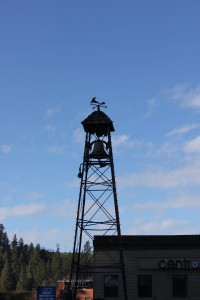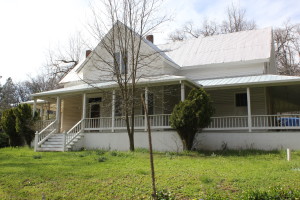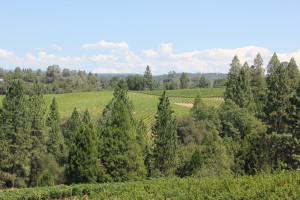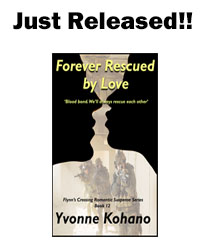People ask me this a lot. Is Flynn’s Crossing, the small foothills town in northern California I feature in the eponymous romantic suspense series, a real place? “Like, could we visit it?”
<<SIGH>> This is the blessing and curse of creating a series people relate to, set in a place they come to love and as much a character as the humans populating the pages.
And no, Virginia, it’s not a real place – exactly.
I’ll get this out of the way first. There is a Flynn’s Crossing – in Virginia. I’m sure there are others around the country, but this one pops up prominently in search engines. But no, there is no Flynn’s Crossing in California.
 Truth time. The town is styled on the place where we used to live, Placerville, California – with some modifications. When you’re a fiction writer and you make up a place, you have artistic license to change what you want to make the stories work better. You can delete the parts you don’t like or that aren’t nice, and make up what you like.
Truth time. The town is styled on the place where we used to live, Placerville, California – with some modifications. When you’re a fiction writer and you make up a place, you have artistic license to change what you want to make the stories work better. You can delete the parts you don’t like or that aren’t nice, and make up what you like.
It’s not just the town but also the surrounding countryside that plays a role in this series. Friends of mine, locals, have argued about where a certain vista in a book might be, or which restaurant is really Roxy’s. Or they want to know about the real Brew Bank Bakery, because they’re dying for a pastry. Or they want to know where to find Witch Hill Winery, because they want to watch those Fourth of July fireworks.
All are based on real places – or are they places in my imagination? I’ll never tell!
There can be risks and benefits in creating a fictitious town, just as there are in using a real location. On the plus side for a fiction town, you can make it into exactly what you want. Don’t like the way Main Street is designed? Need a river for a scene? Or a fire in a forest in proximity? Boom, done.
On the downside, you as the author of a series need to remember how you describe the town from book to book. I actually have a rough map that I’ve drawn. I refer to it when I’m adding a new business, or when the characters are visiting a place I’ve used before. If I used a real town, taking pictures or looking it up online would suffice.
I consider it in this way. If I was writing about a big city, like Portland, Oregon, which I’m using in an upcoming psychological suspense series, there is leeway in describing scenes and places. I want to ground the story in reality, though, because people familiar with the area will read the books. Settings still need to be indistinct enough to allow me to “play” with them to suit the story.
 Small towns? It’s hard to hide a shorter Main Street, the location of the fire station, or the fact that your hero would run into a brick wall if he ran up that particular alley. Let’s not even get into driving off a cliff in a snowstorm…
Small towns? It’s hard to hide a shorter Main Street, the location of the fire station, or the fact that your hero would run into a brick wall if he ran up that particular alley. Let’s not even get into driving off a cliff in a snowstorm…
Reality has its place. So does fiction. Please don’t be disappointed if you can’t book a tour to Flynn’s Crossing in person. That just leaves more time for you to visit it in my stories!
Do inaccuracies in a real location ever draw you out of a story in a place you’re familiar with? Would you rather authors use a fictitious location in a big city, or the real thing? I’d love to hear your opinions!

